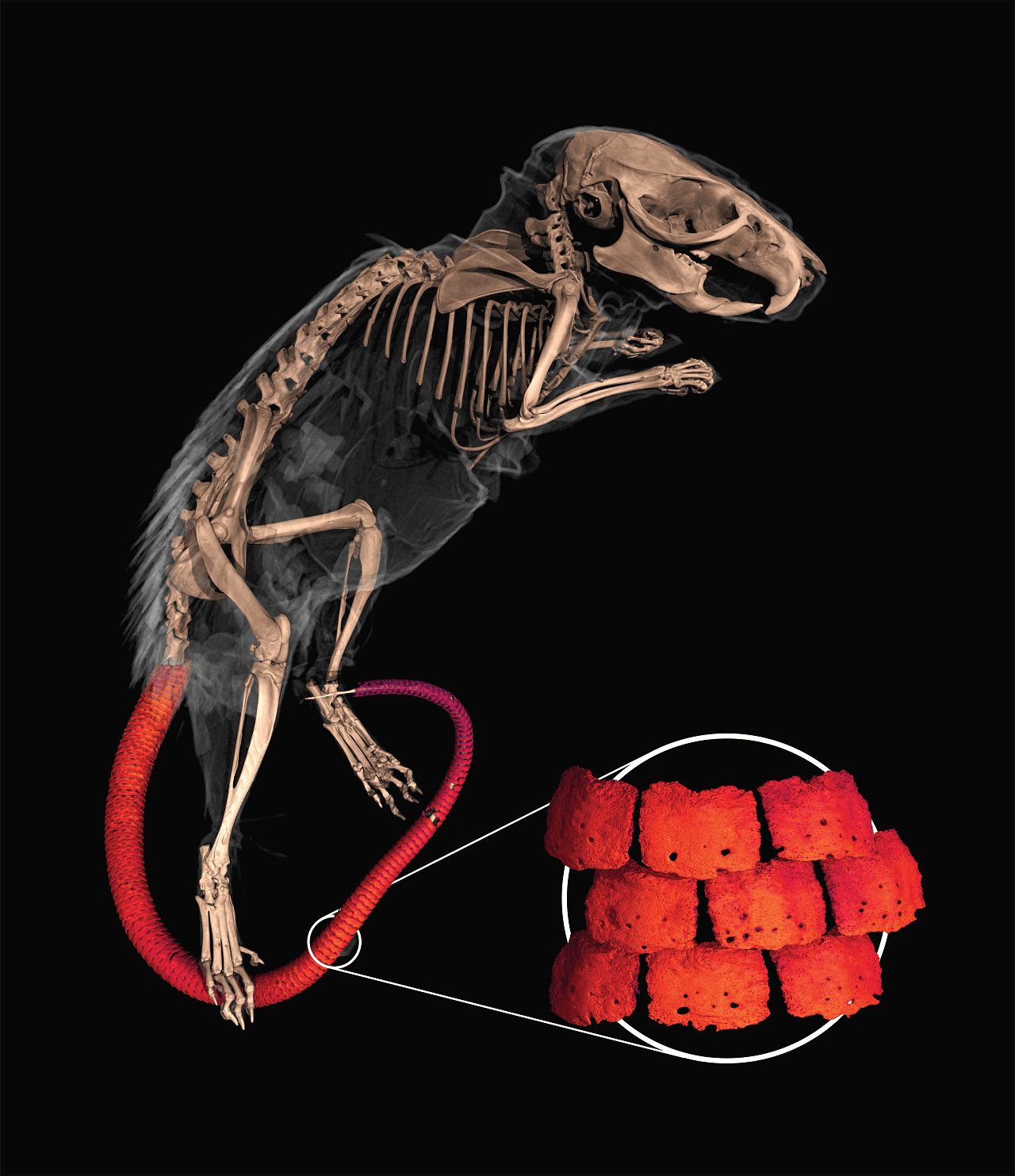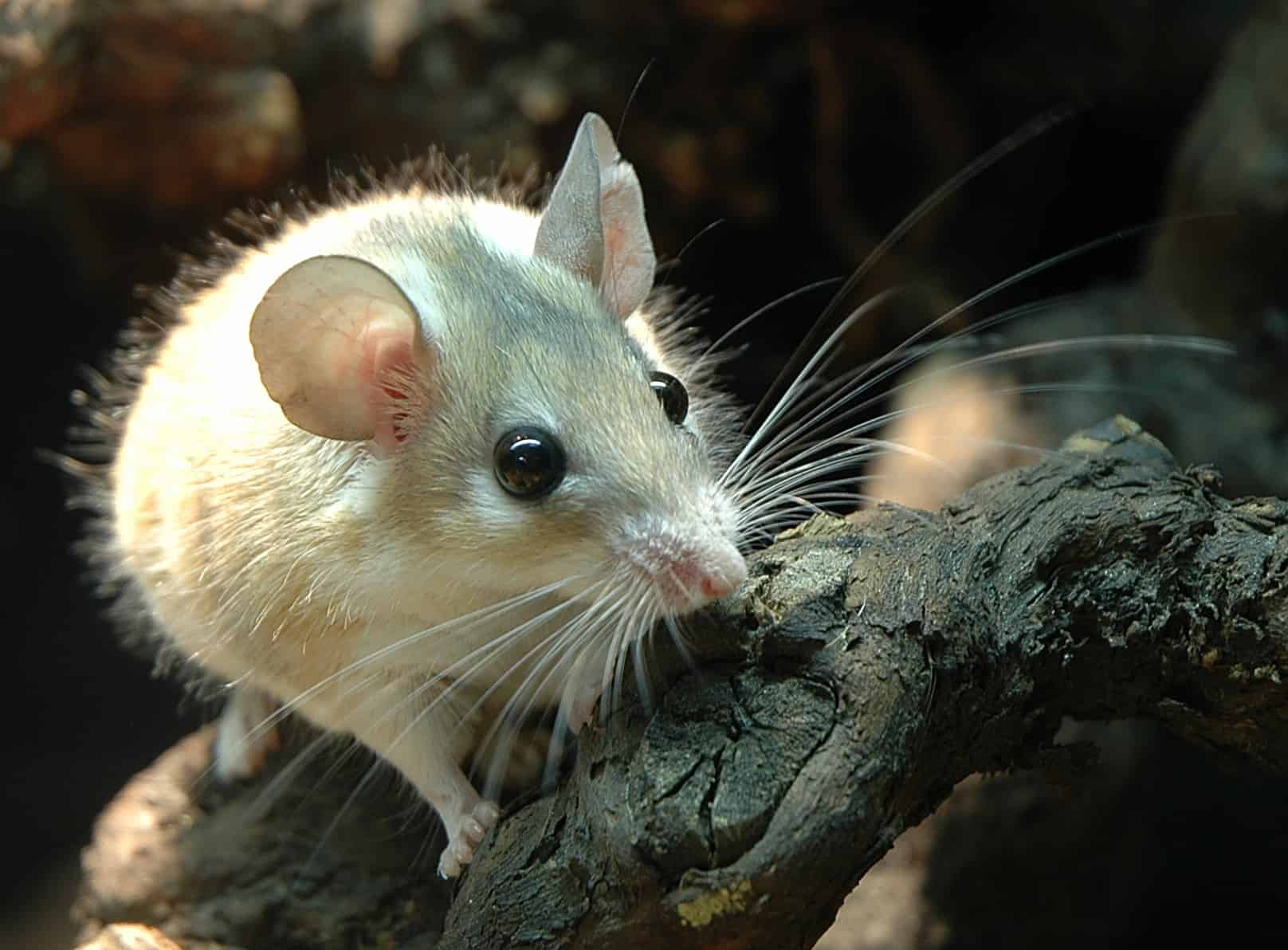
Once again, nature reminds us that she is full of surprises. While these rodents from the Acomys genus might initially resemble the house mice (genus Mus) we’re familiar with, a closer look unveils a fascinating characteristic.
In a new study, researchers at the University of Florida have found that spiny mice — known for their stiff guard hair that gives them their name — sport bony plates, or osteoderms, below the skin of their tails. While not uncommon in reptiles, the presence of osteoderms in mammals has been largely limited to armadillos, making this discovery noteworthy.
A serendipitous discovery

Osteoderms are specialized structures that sit deep within the skin’s lower dermis layer. “They’re made of bone,” states Malcolm Maden, a scientist from the University of Florida. Unlike the keratin-based structures that form the scales of many animals, such as on pangolins or the feet of birds, osteoderms provide a unique form of internal protection.
This revelation came about during an extensive project by co-author Edward Stanley, which involved CT scanning numerous museum specimens from across the United States. Stanley came across a spiny mouse with osteoderms while examining specimens provided by Maden, which took everyone aback.
I had given Ed some of my spiny mice to scan as part of his project, and they had very rare bony plates in the skin of their tails,” Maden recalled.
This chance encounter ignited a spark of scientific intrigue. Soon, Stanley was scanning other close relatives, revealing similar osteoderms in three other sub-family genera.
Further research showed that osteoderm development in spiny mouse tails begins in the proximal tail skin about six weeks after birth. Using RNA sequencing, Maden’s team was able to identify the genes and gene networks involved in osteoderm formation. This process involves the downregulation of keratin genes and the activation of osteoblast genes.
Before this revelation, armadillos held the title of the only living mammal known to possess osteoderms. Imagine these bony shields as an exclusive badge of honor within the mammalian realm. But now, our spiny mouse friends are crashing the party.
Equipped with this knowledge, the team can now delve into the mysteries of why and how these unique structures appear. Spiny mice can be studied in ways that most other animals can’t, offering a new lens into the intricacies of evolution.
“As we learn more about the regulatory genes that switch keratin off and osteoblasts on in the dermis,” Maden explains, “we hope to eventually create an armor-plated lab mouse.”
The findings appeared in the journal iScience.


